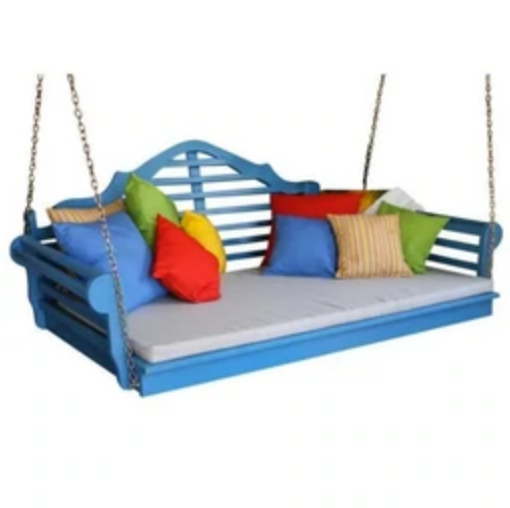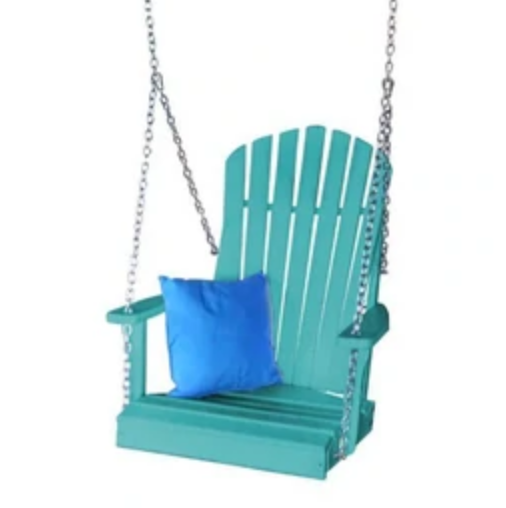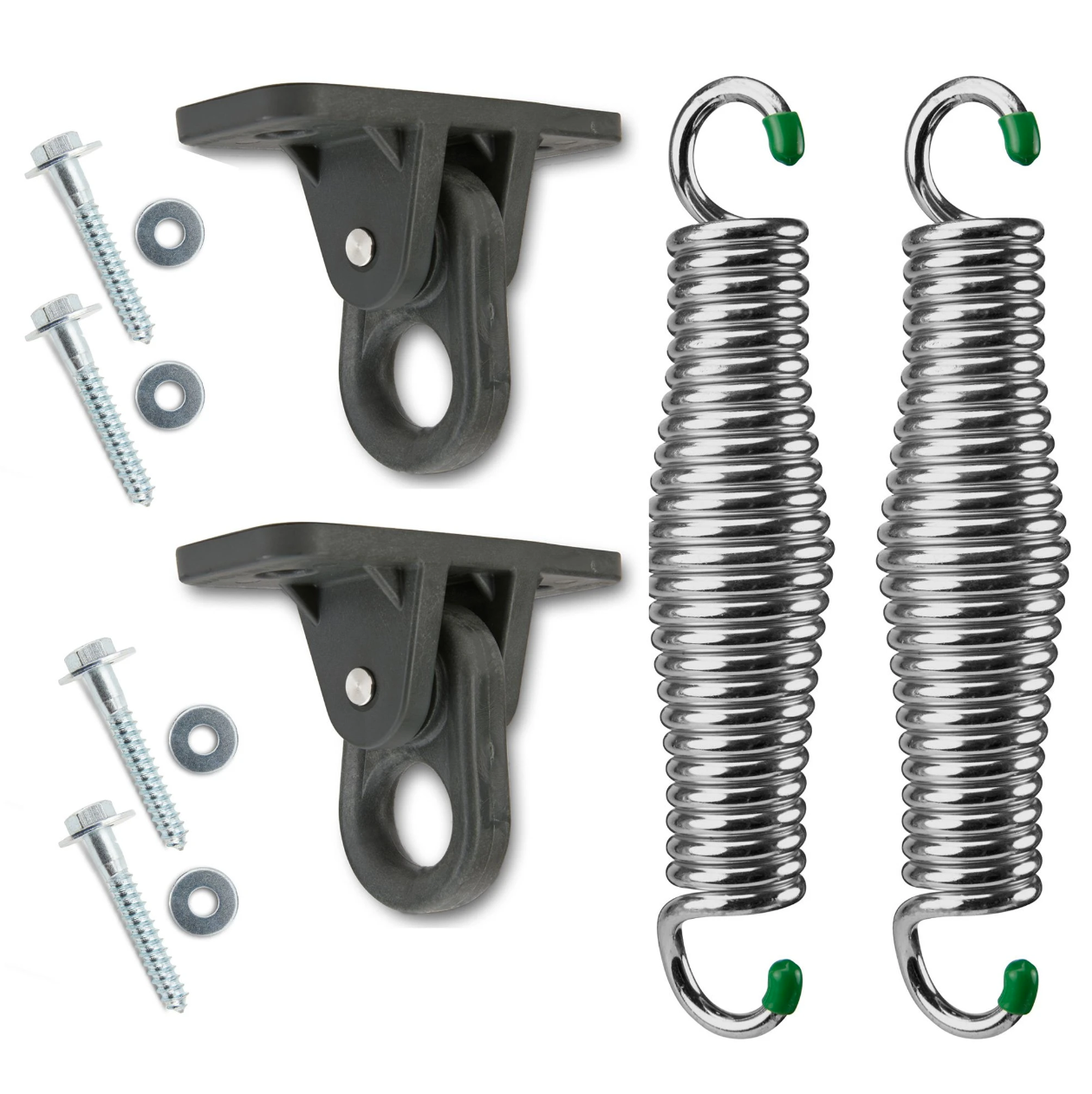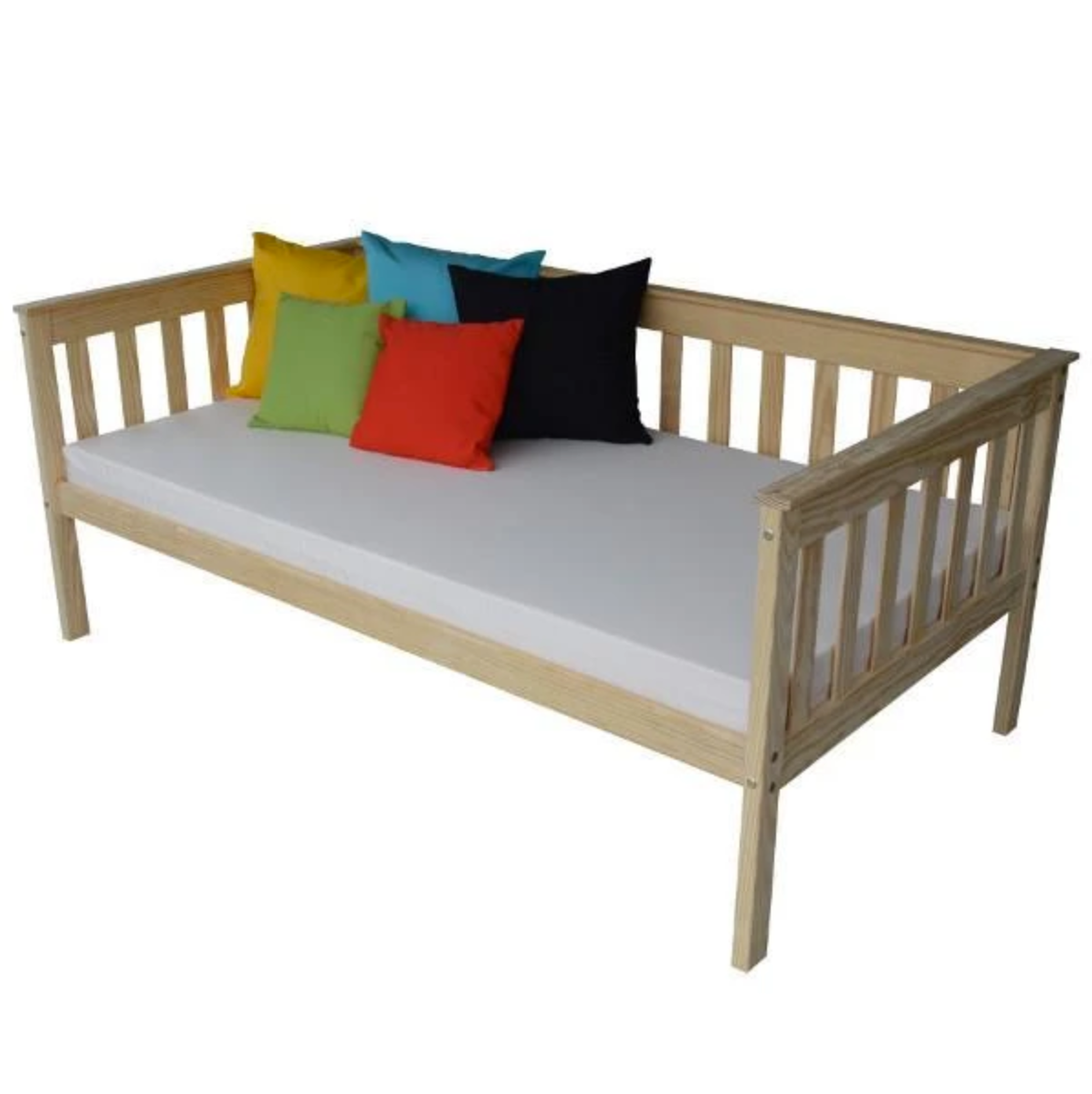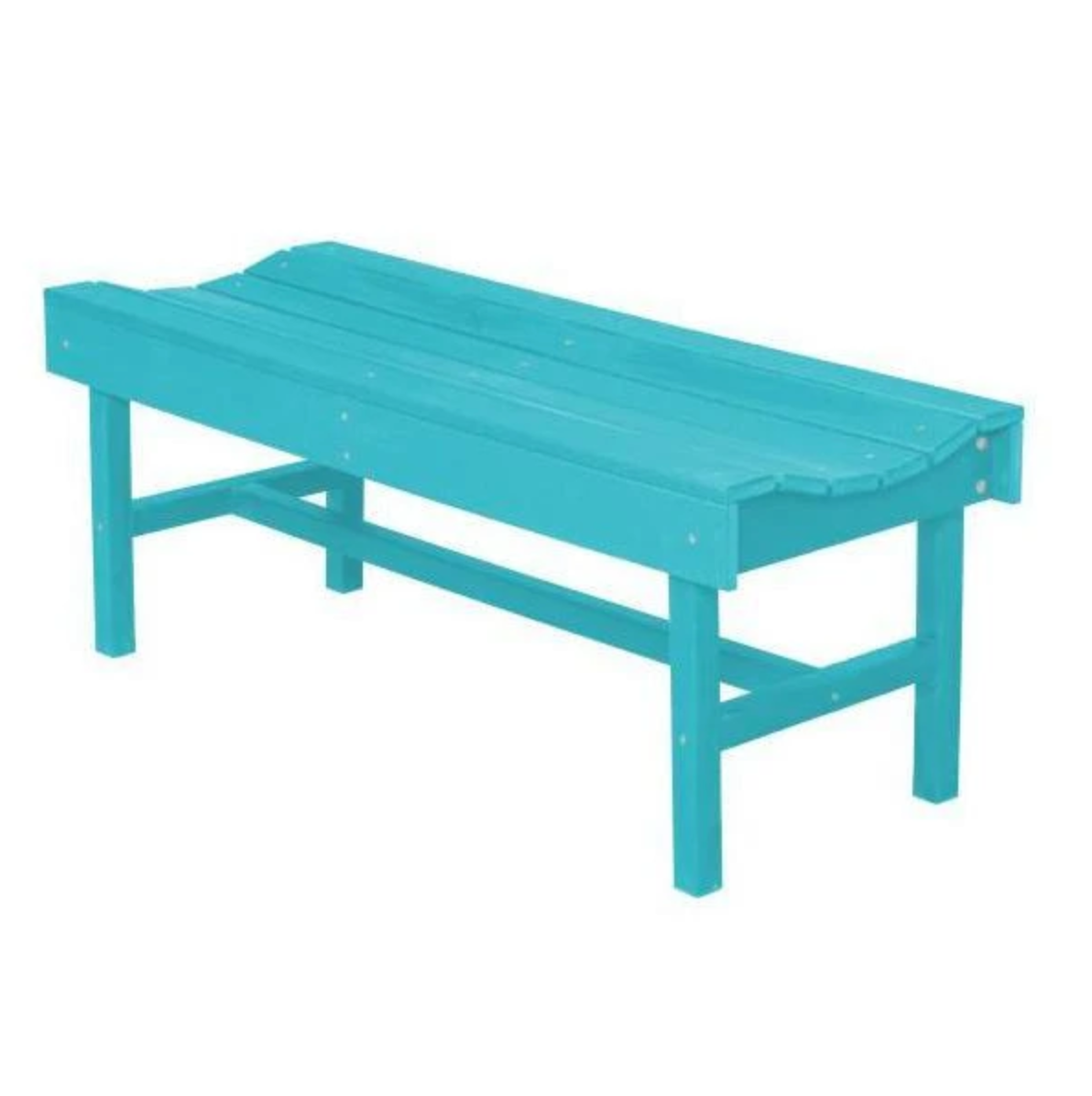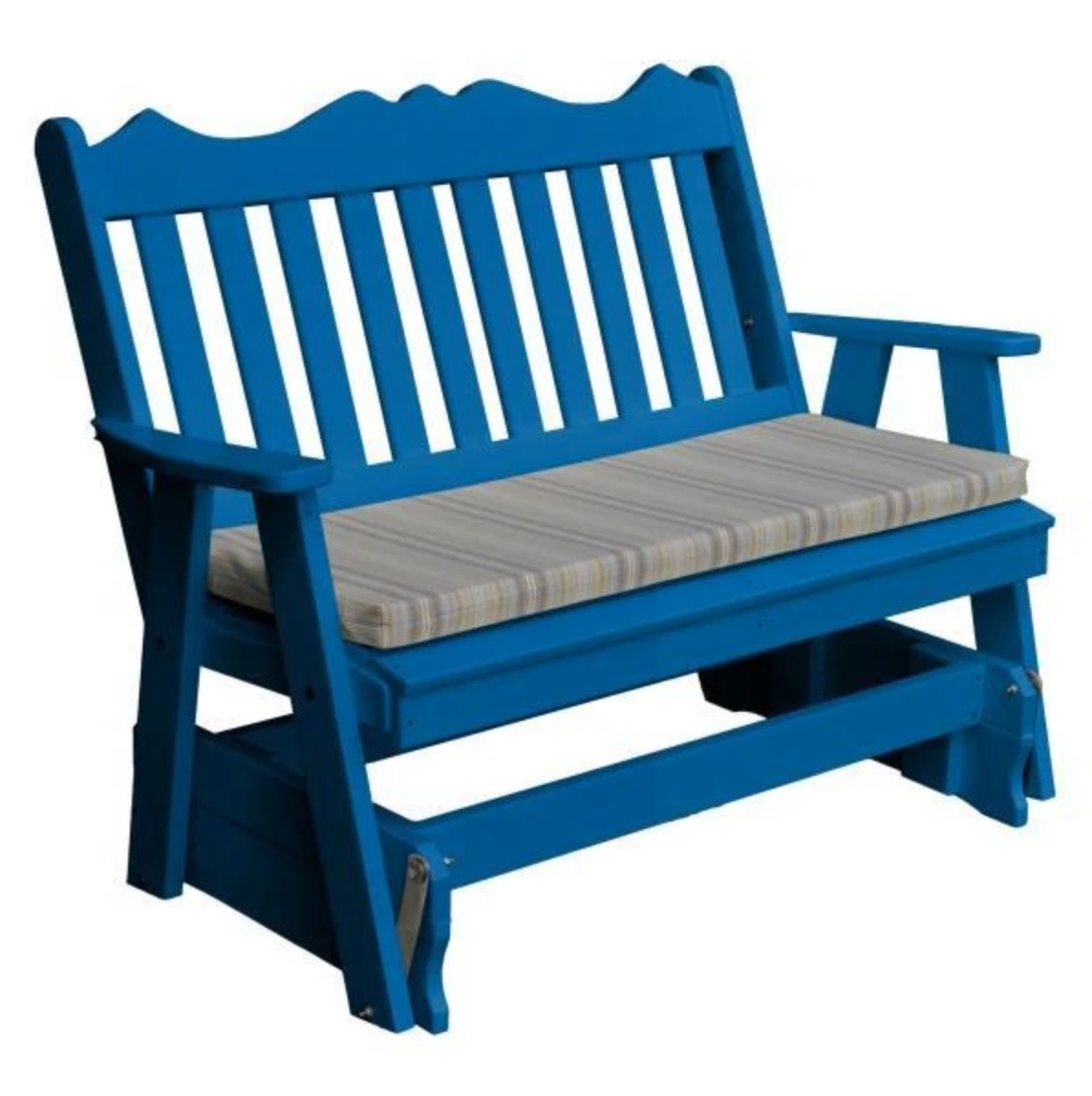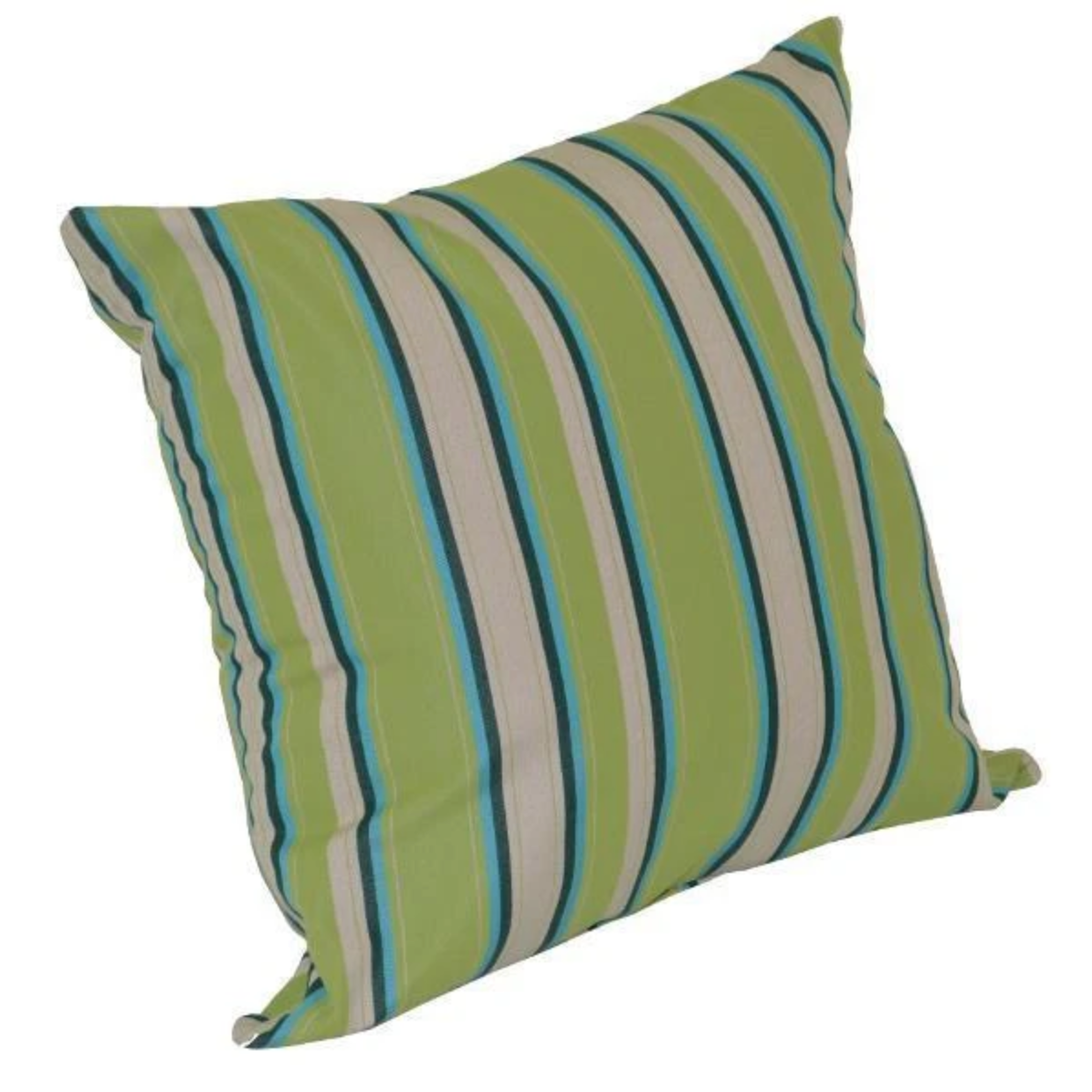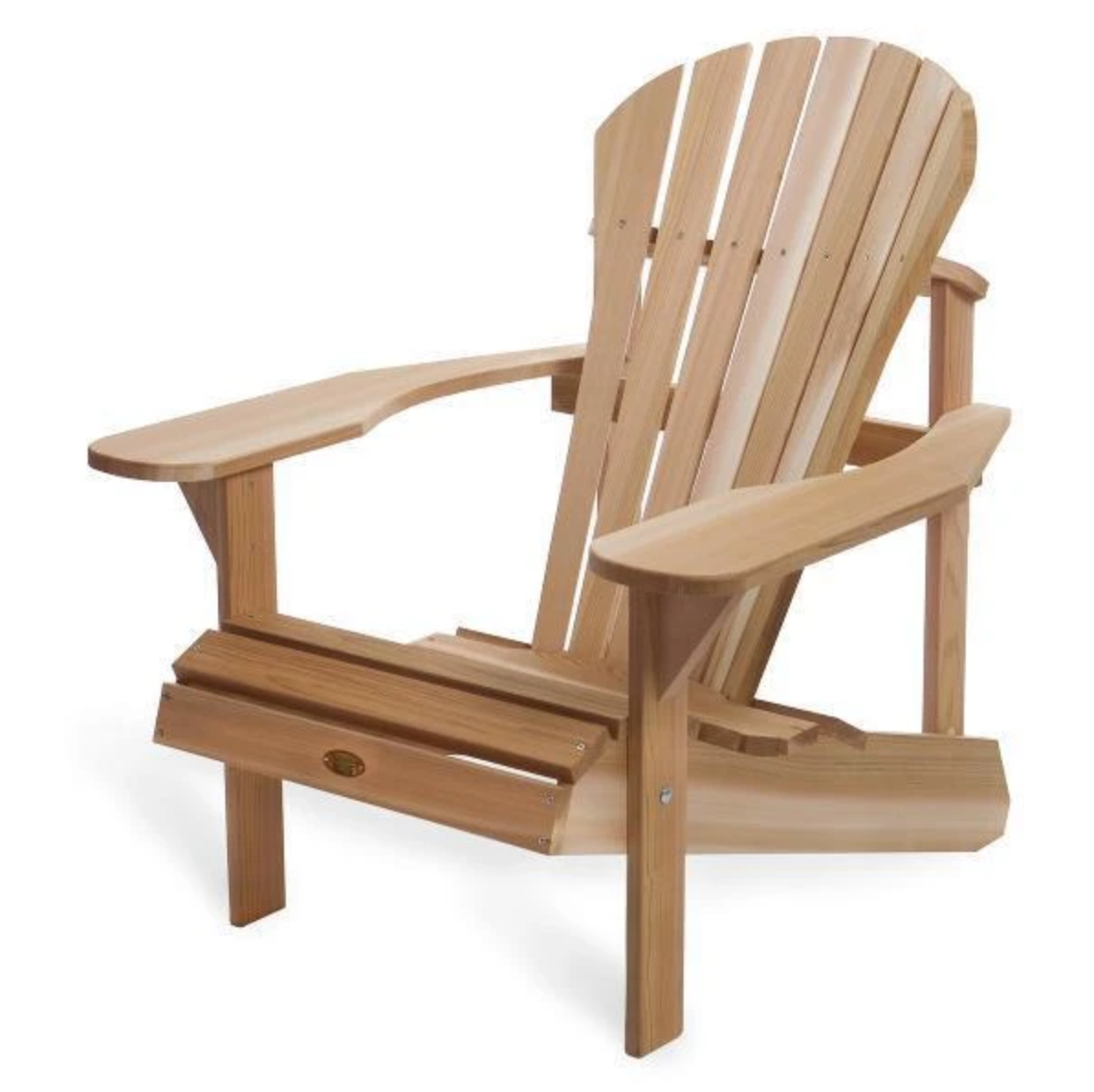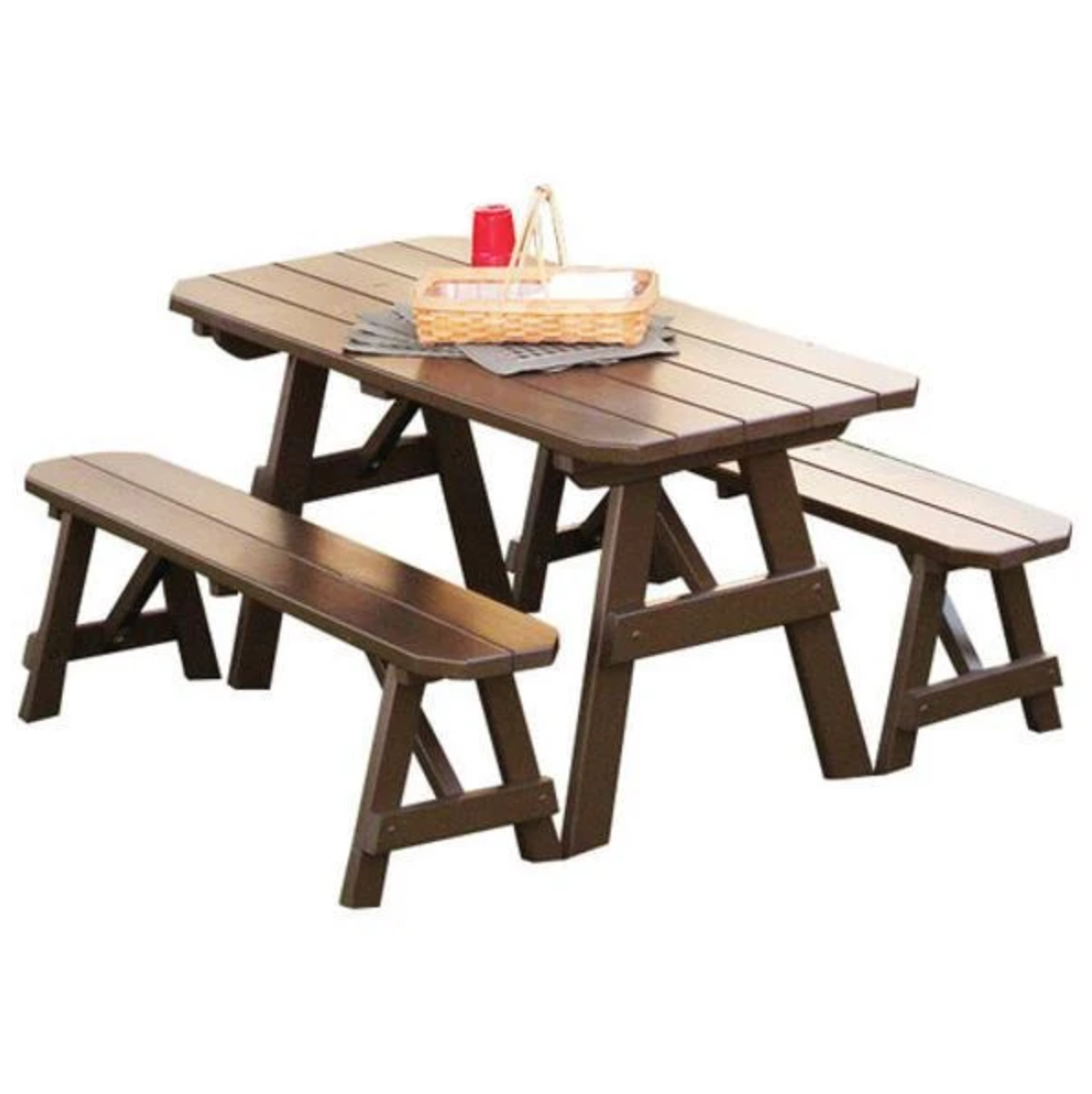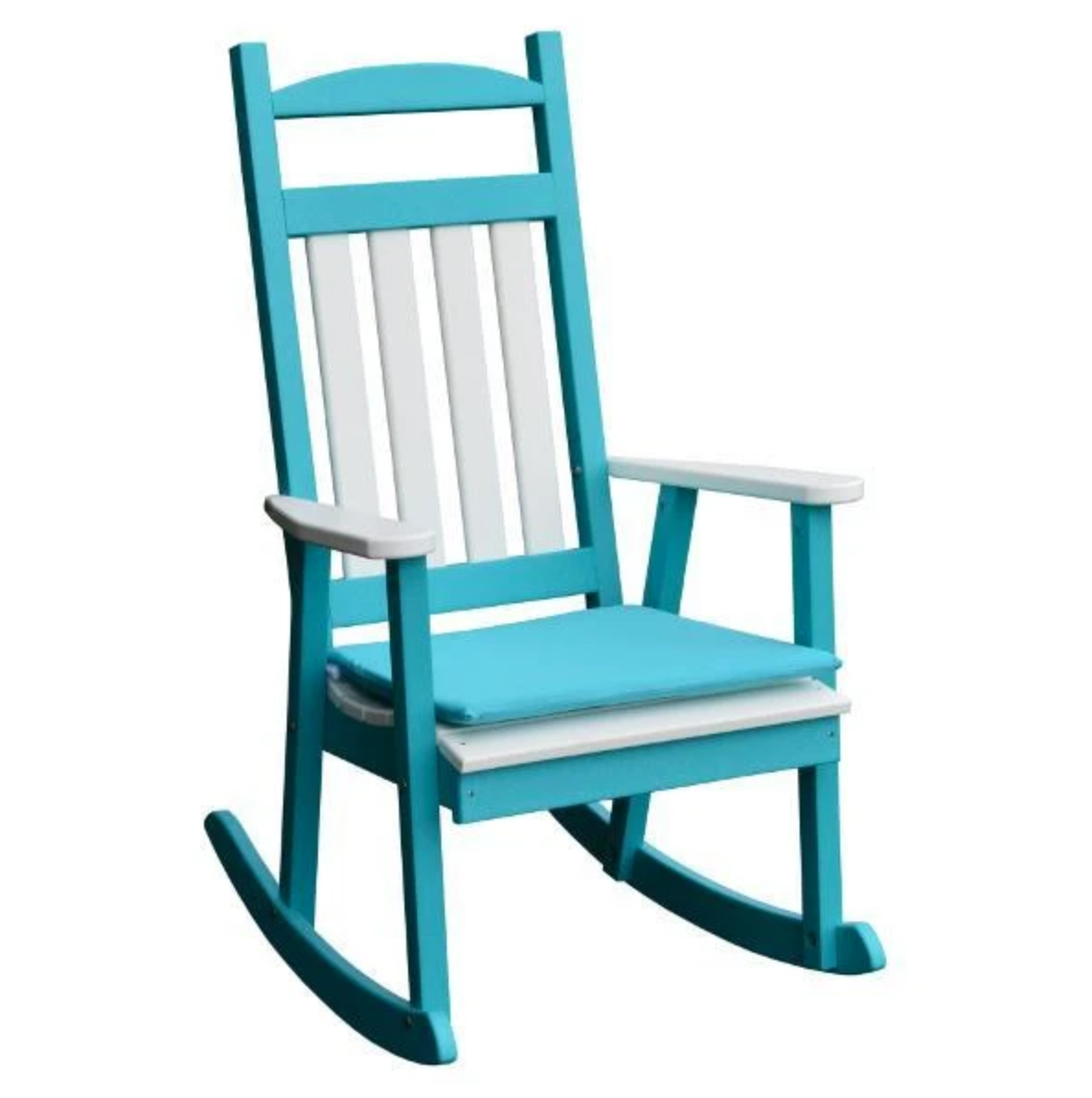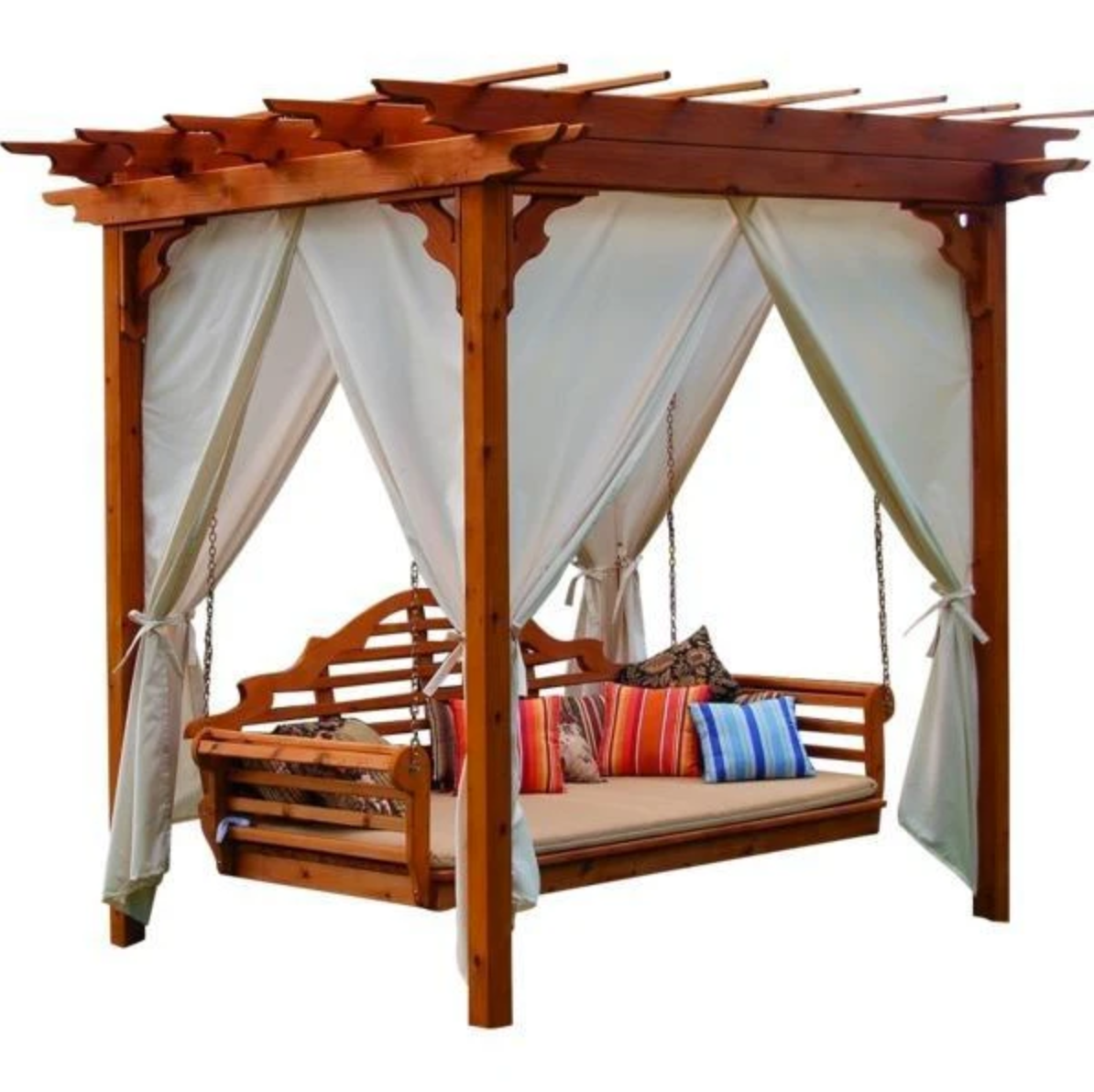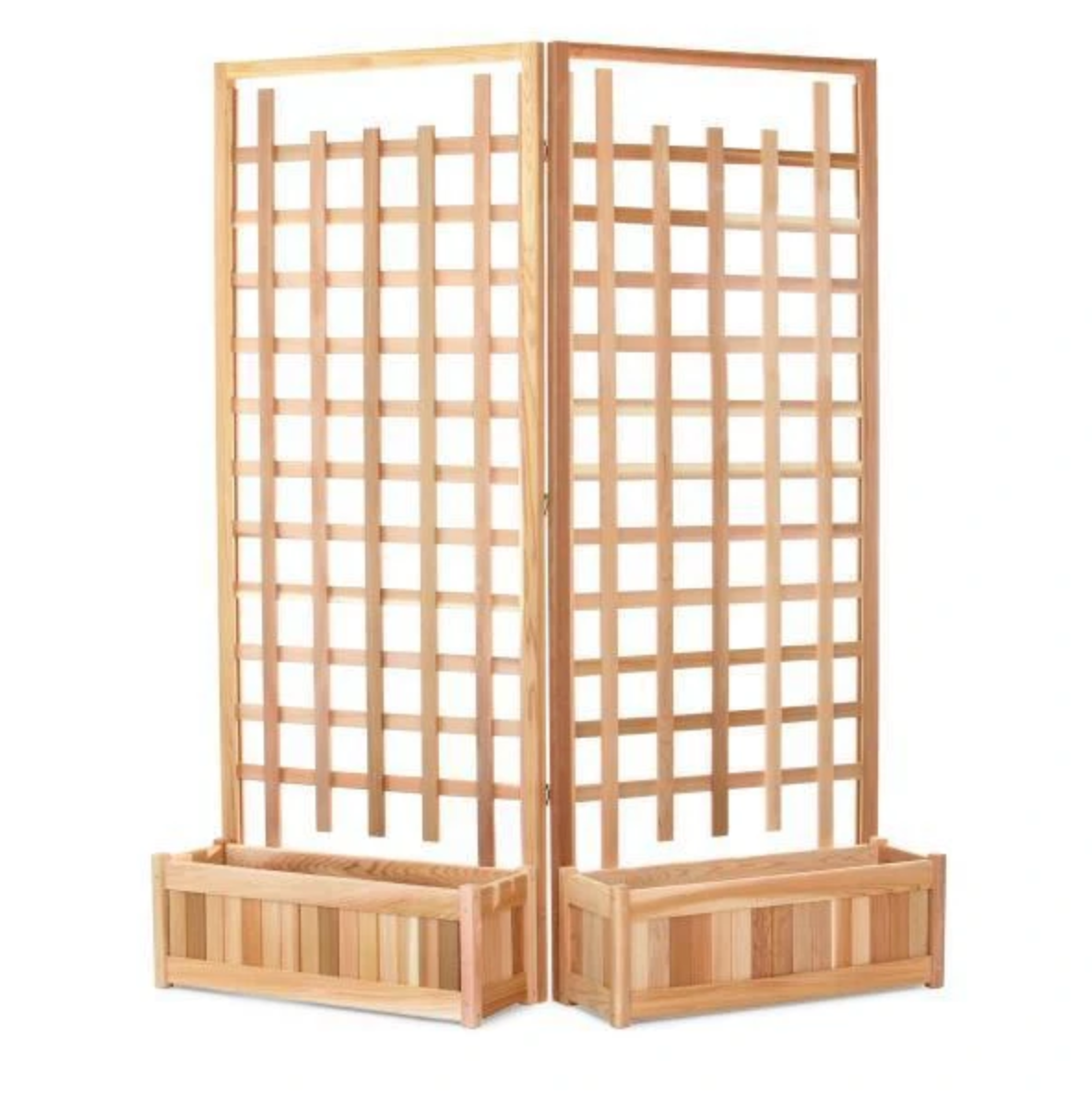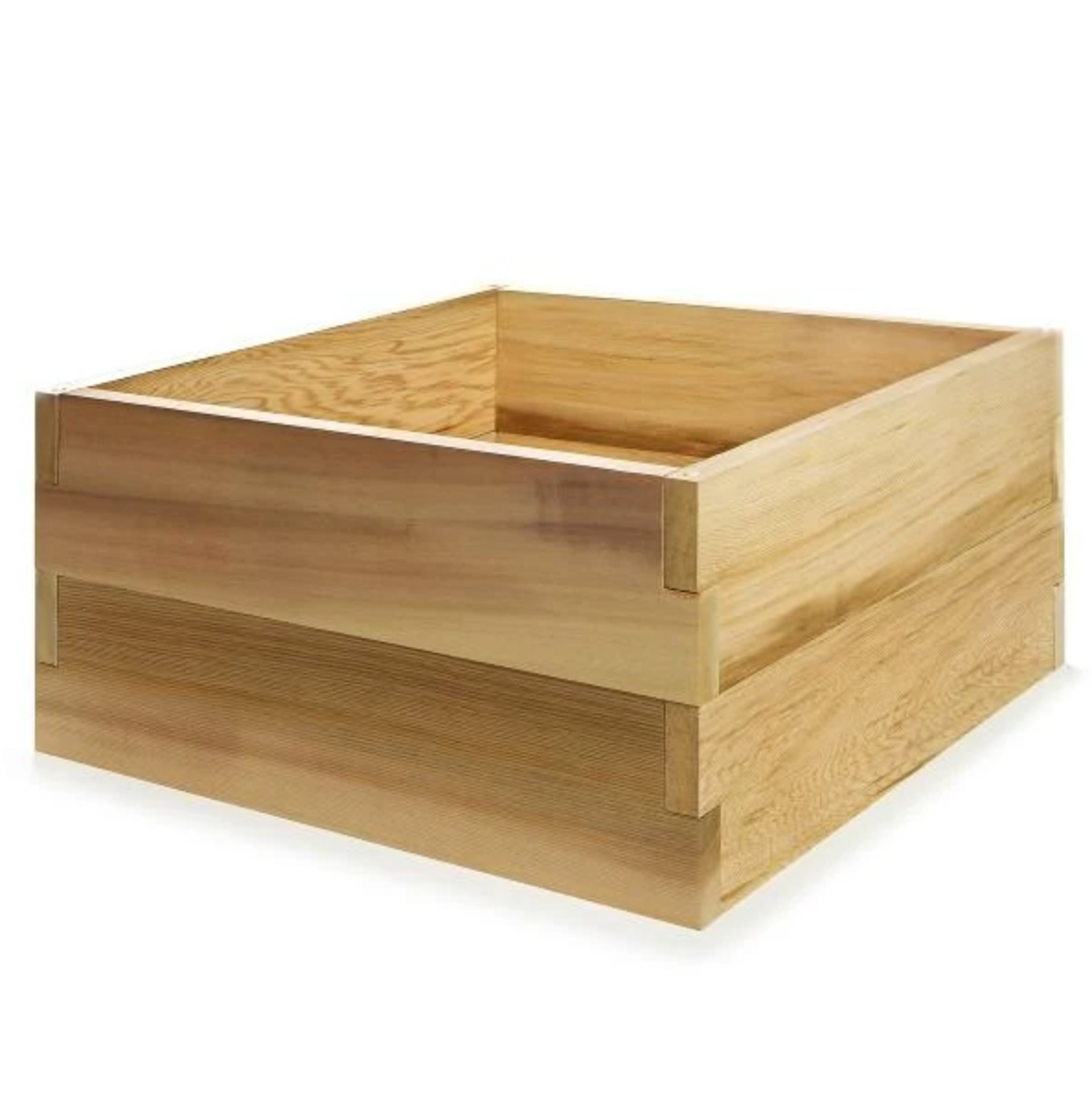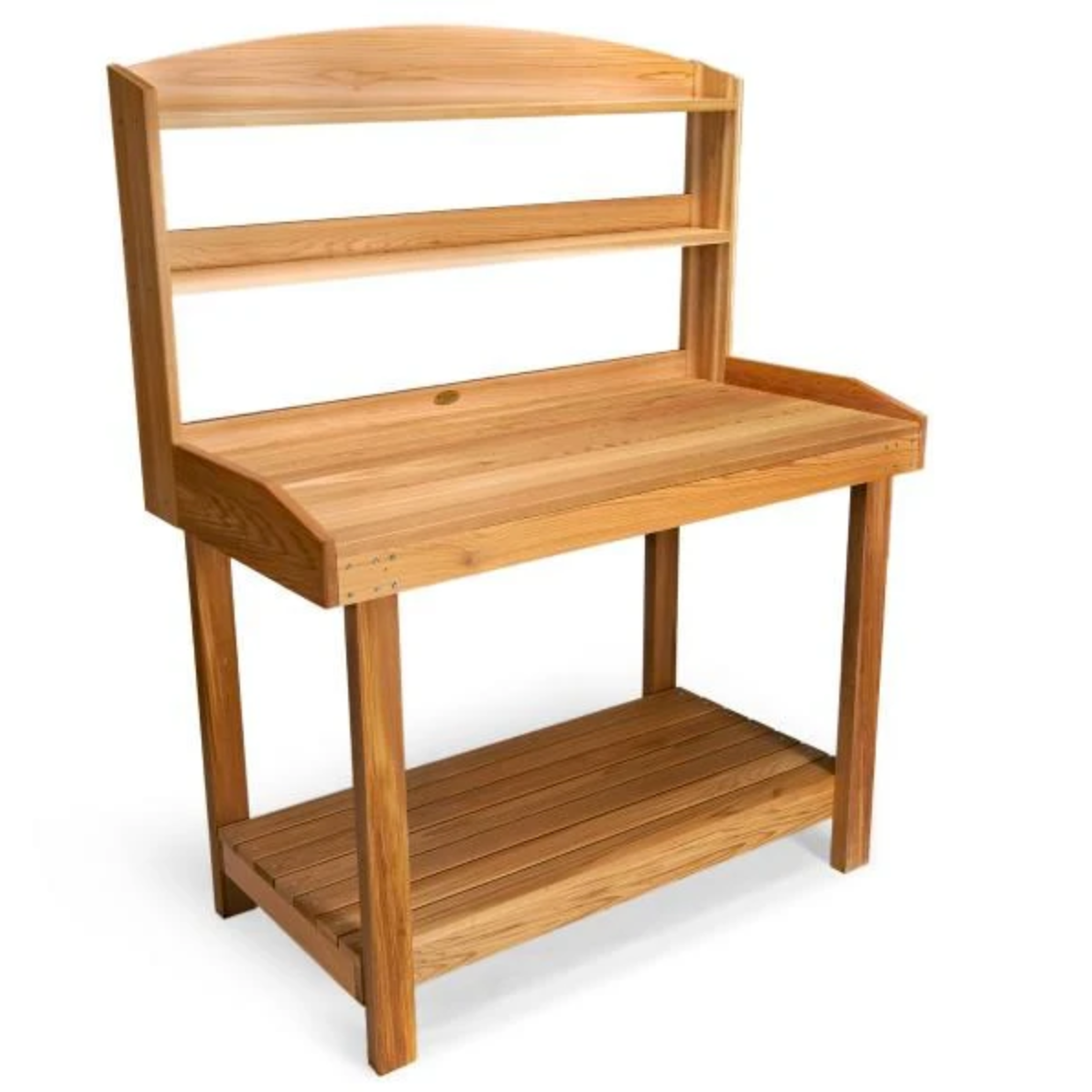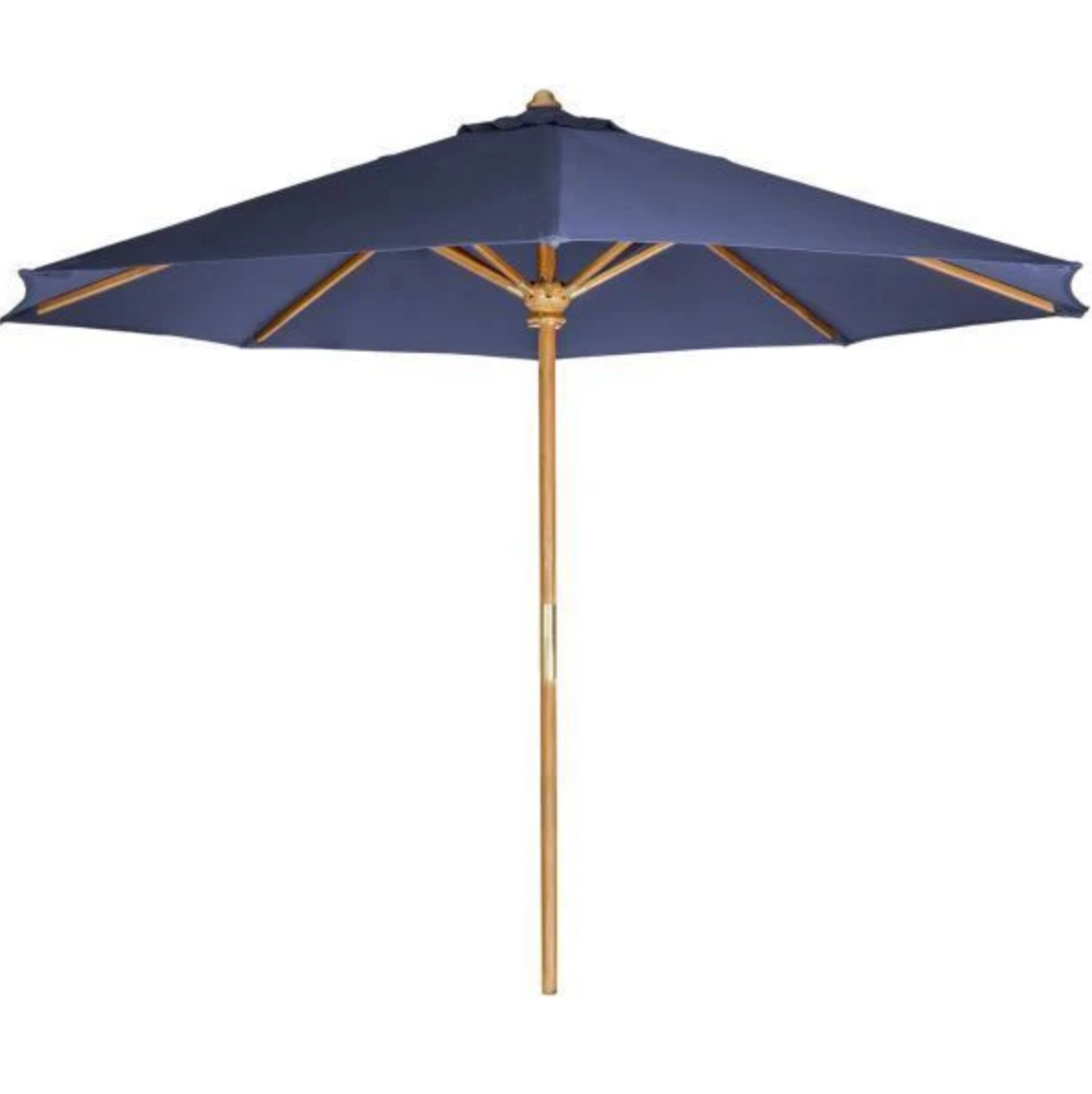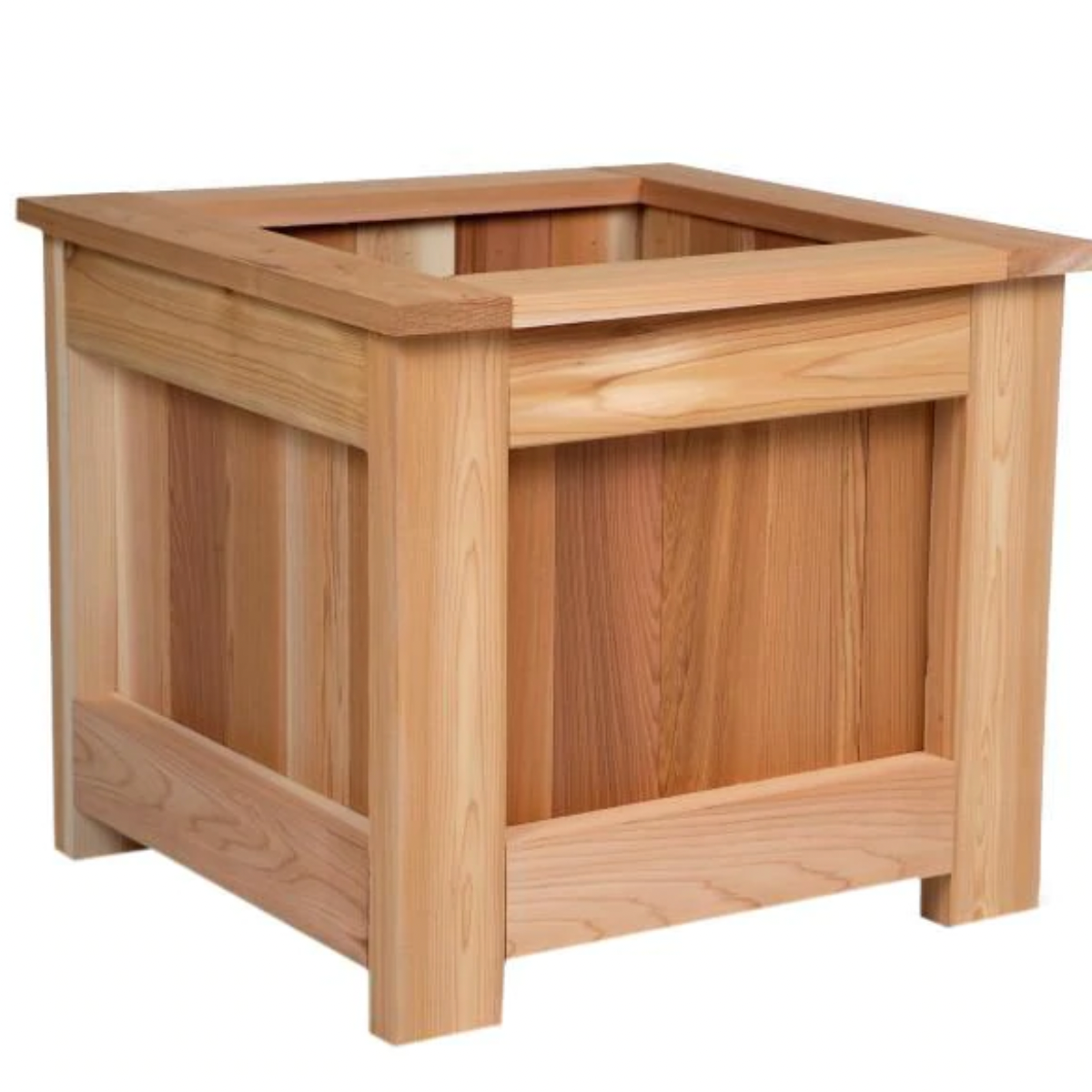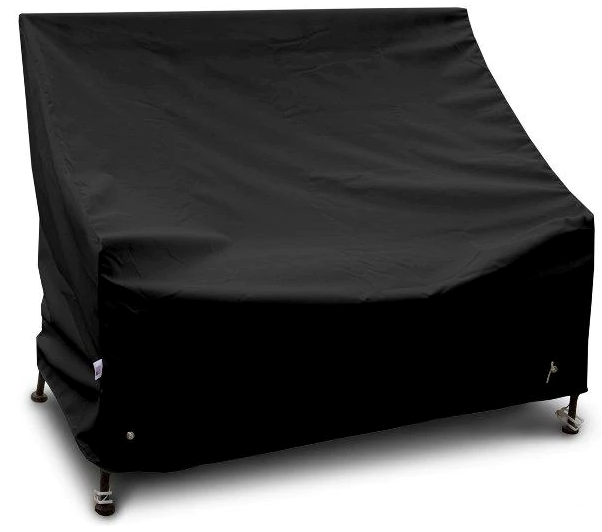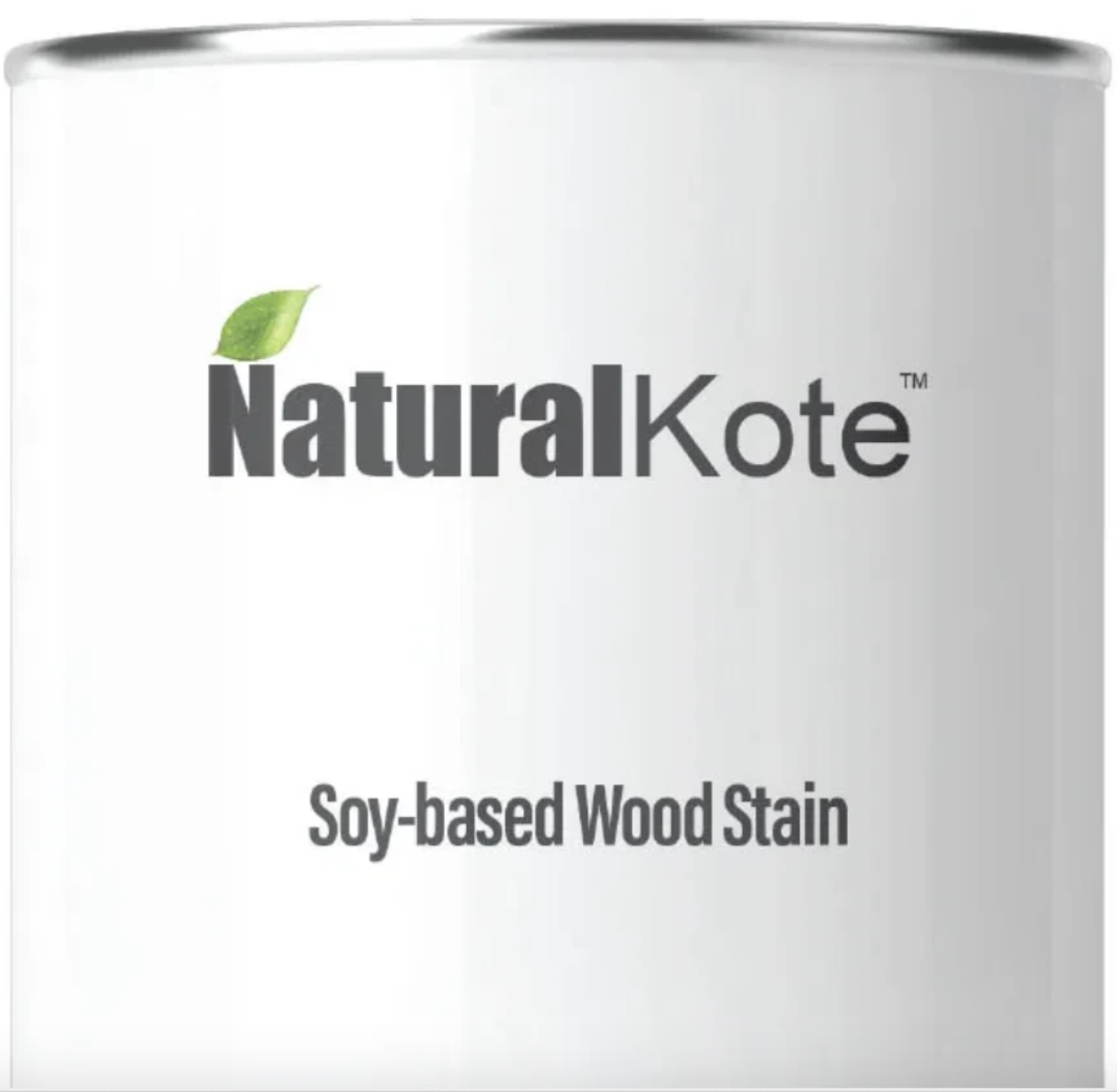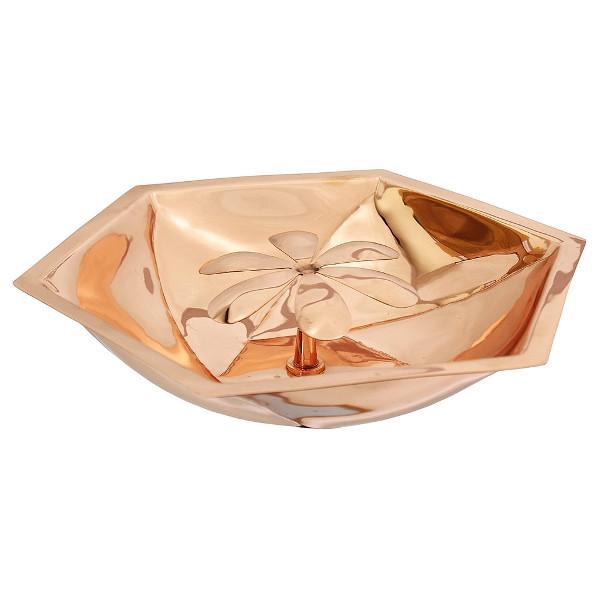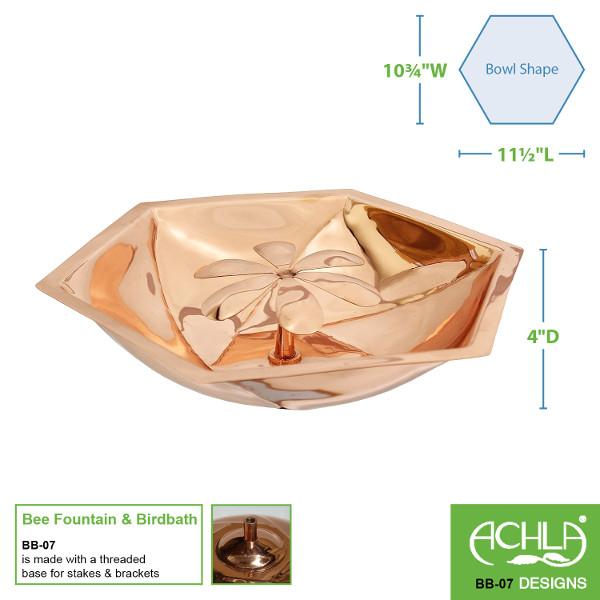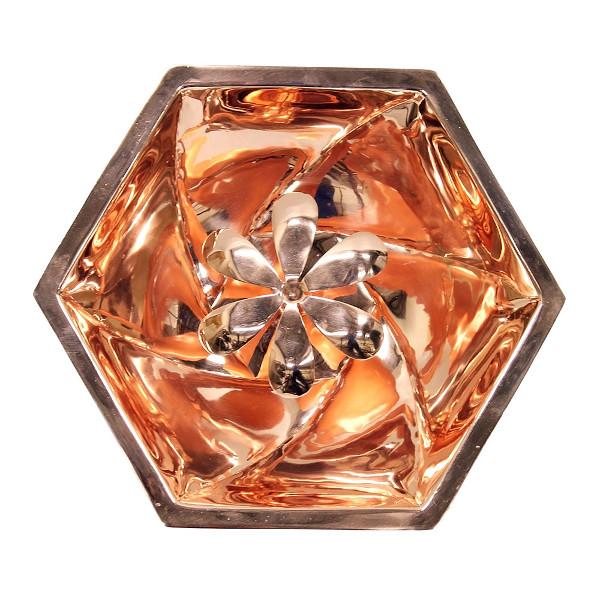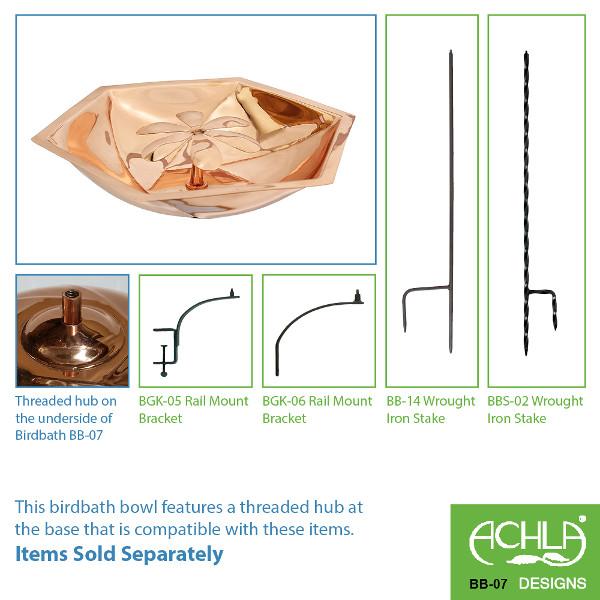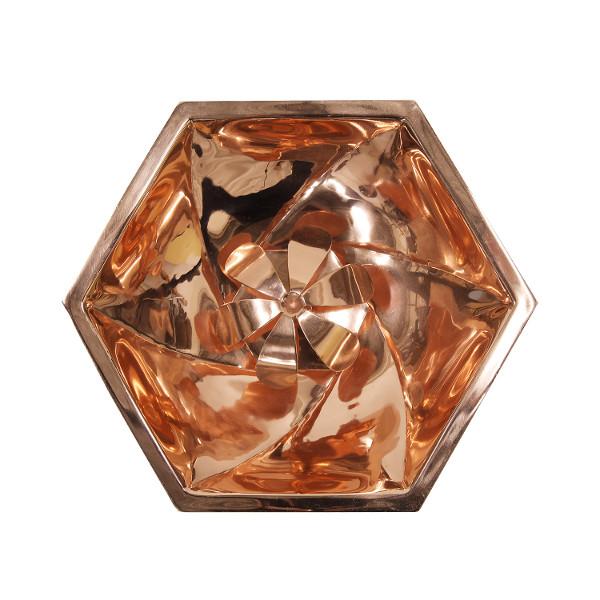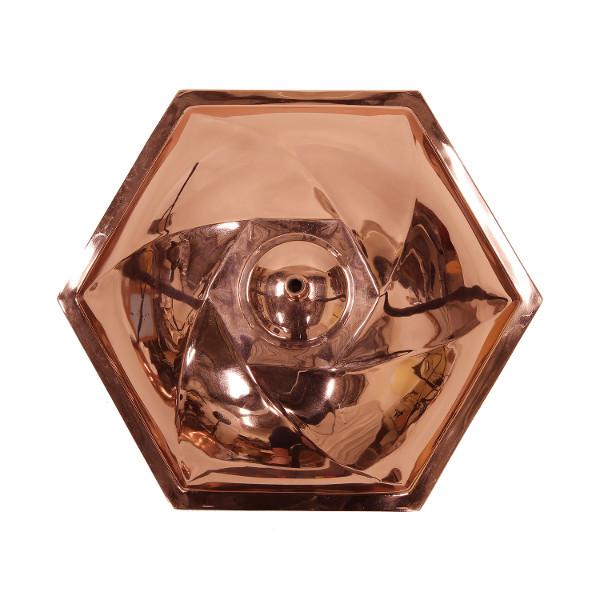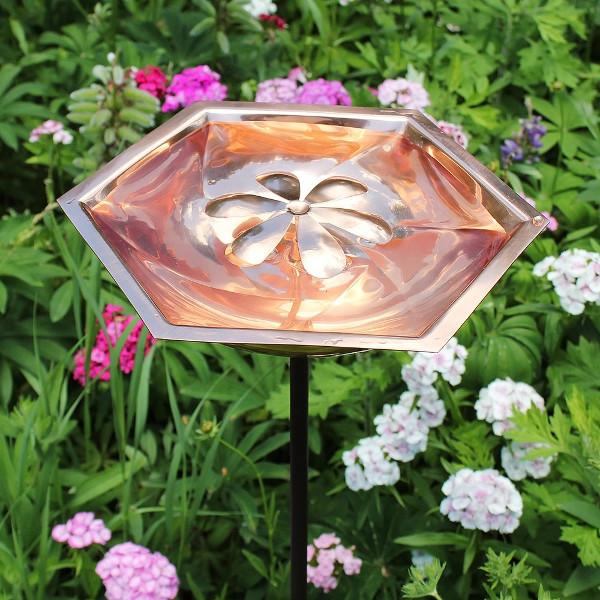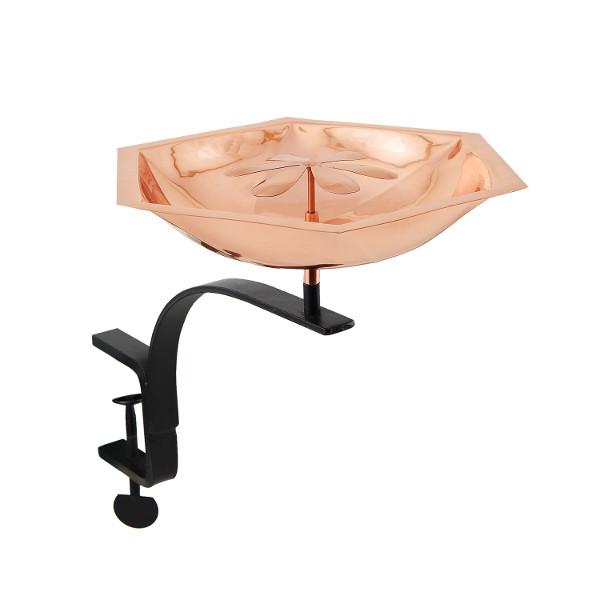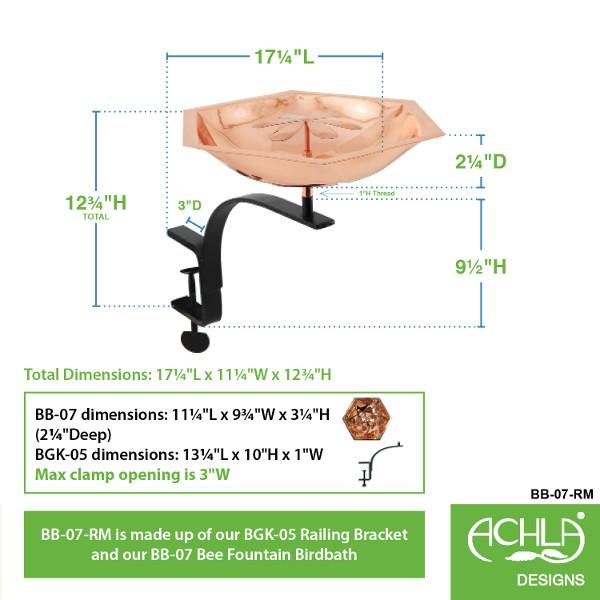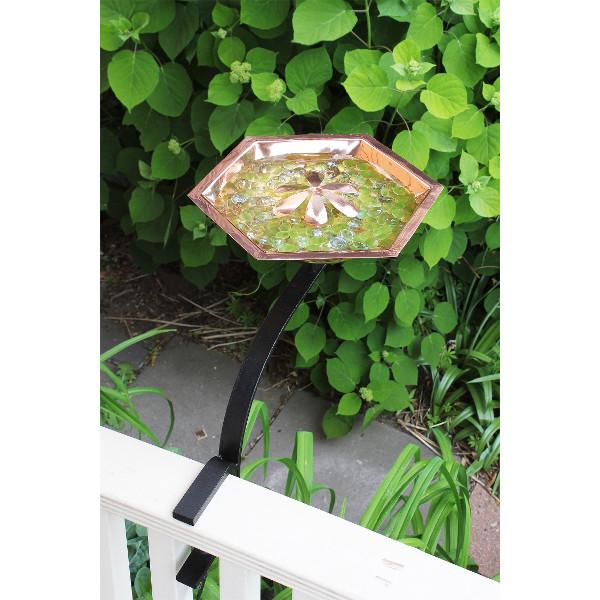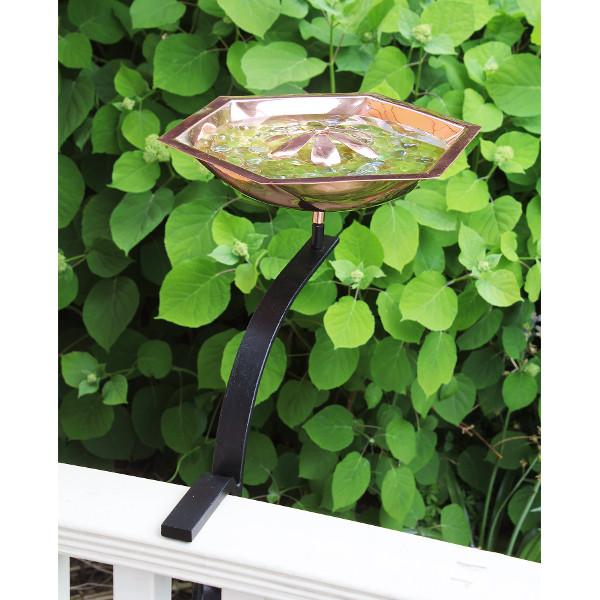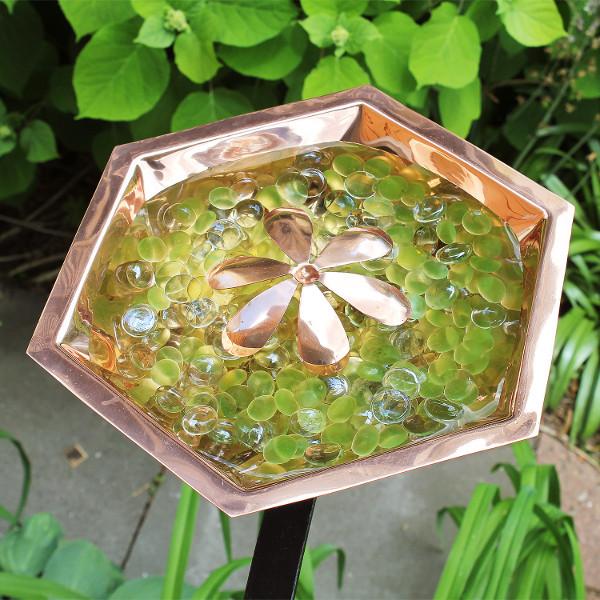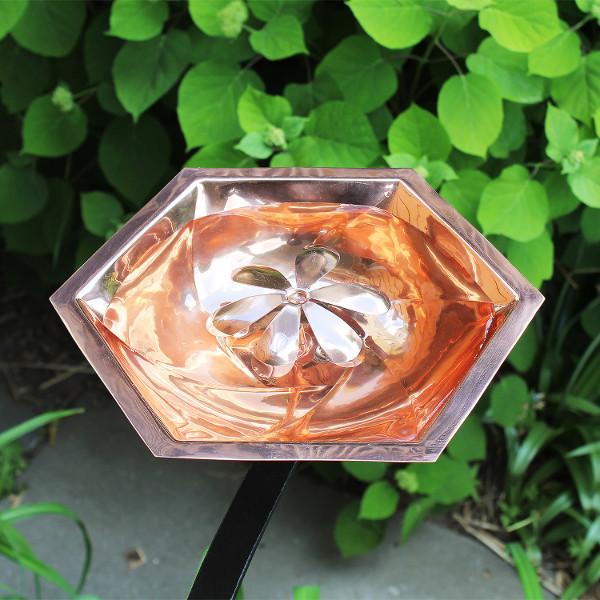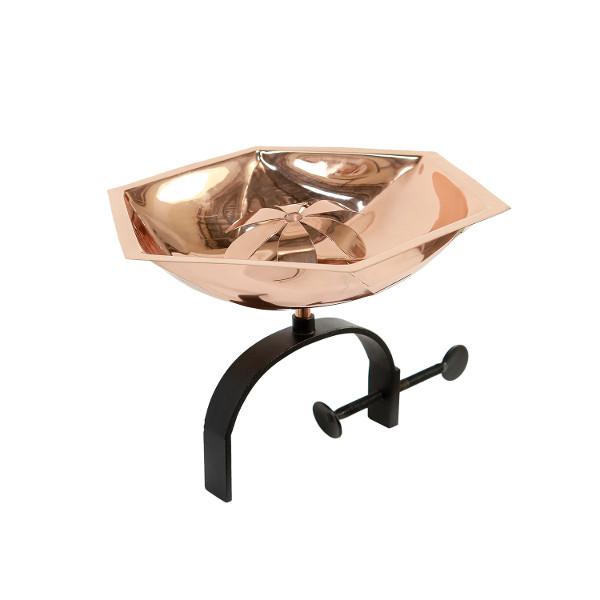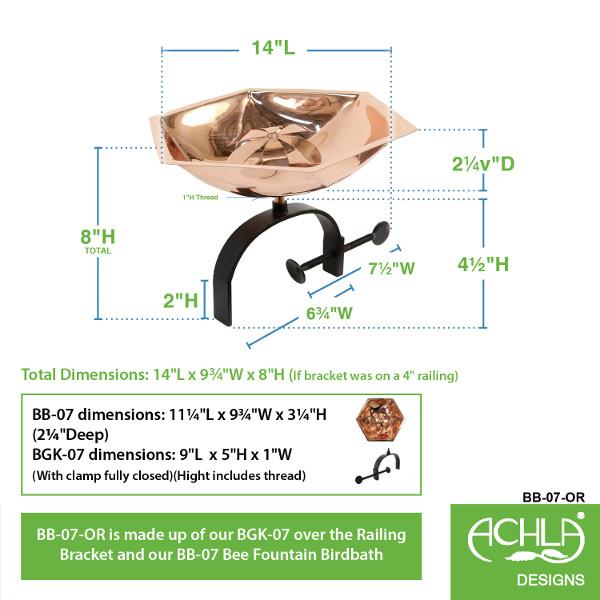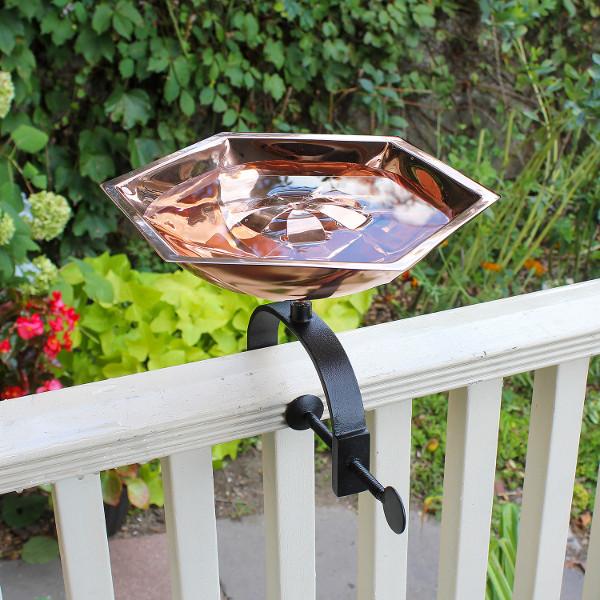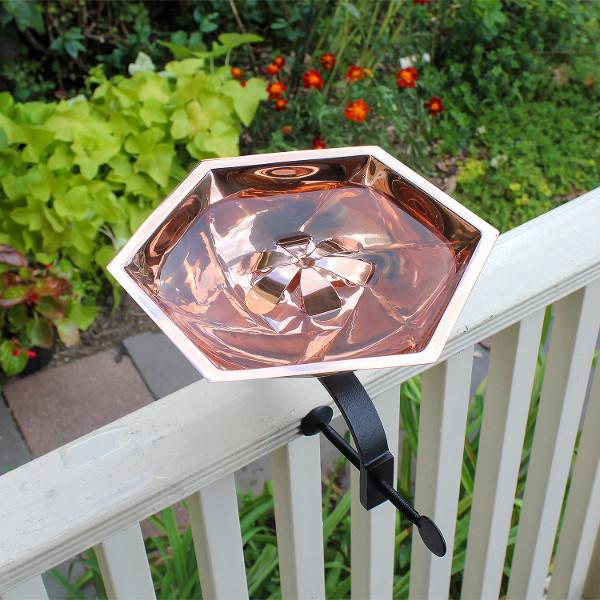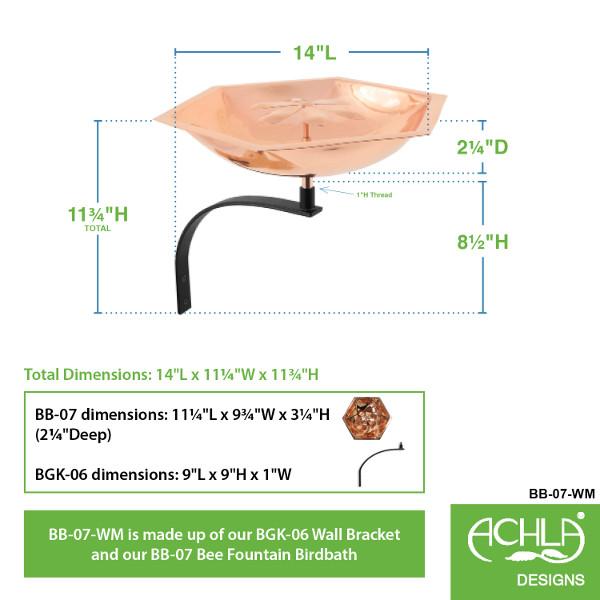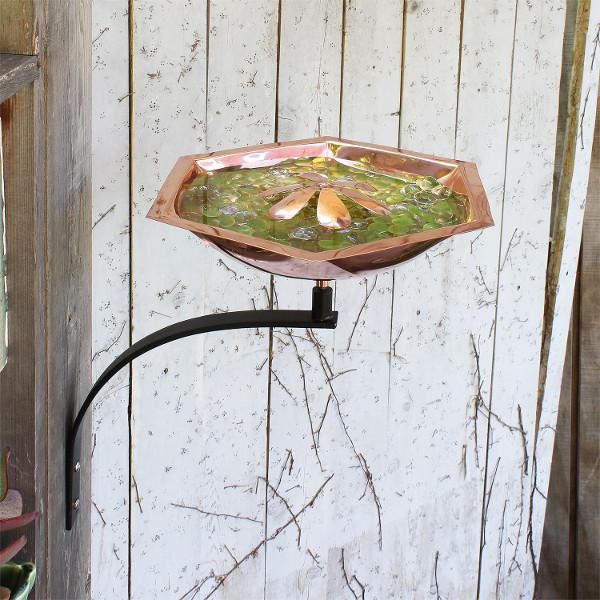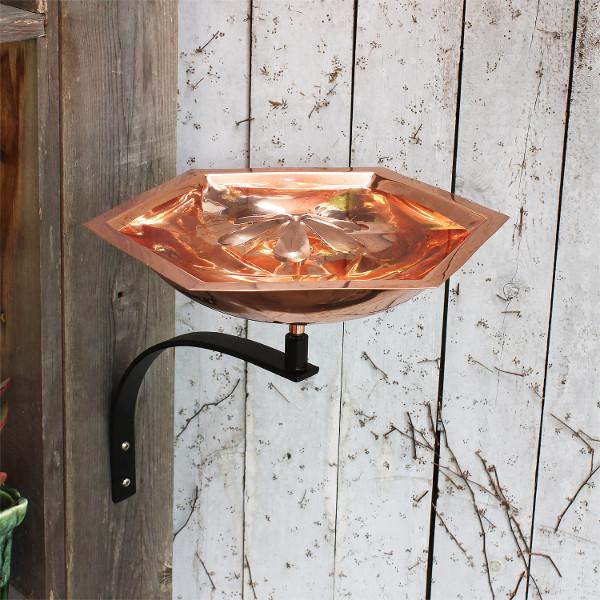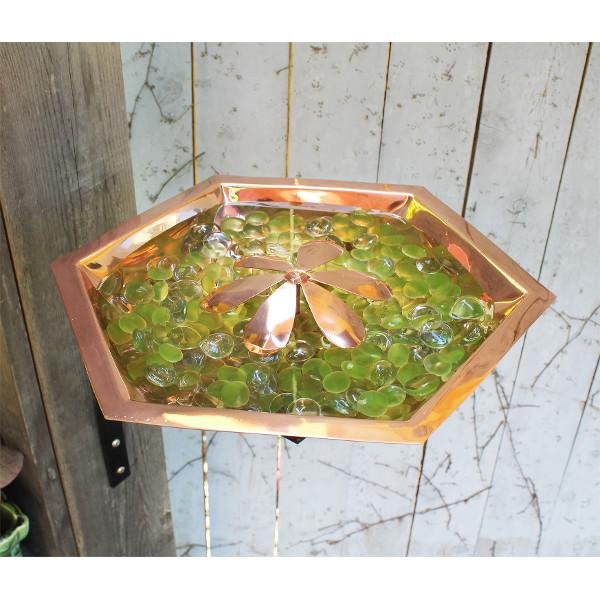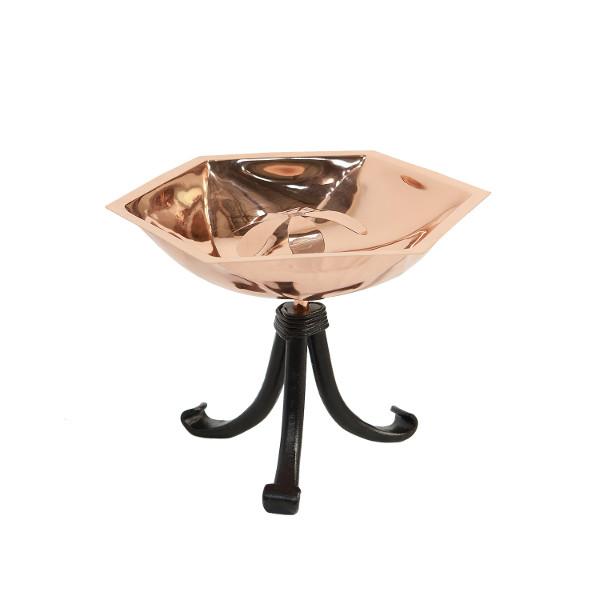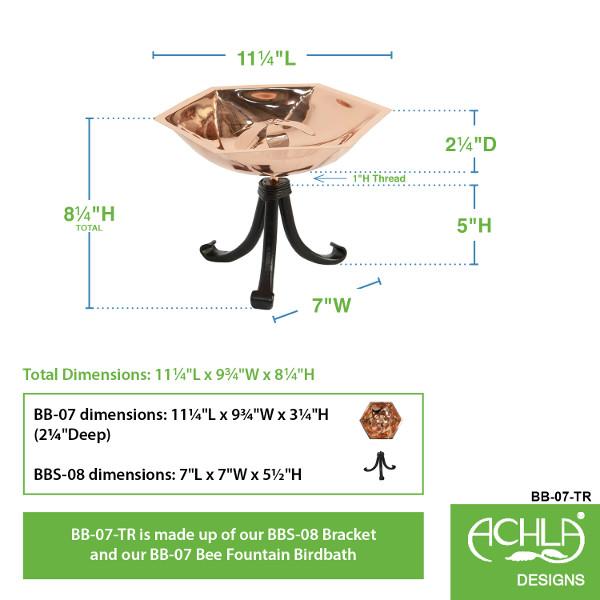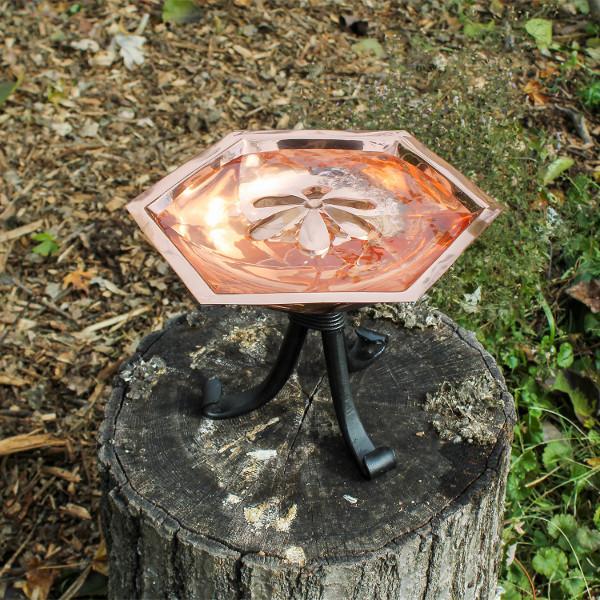Your Cart is Empty
FREE SHIPPING ON EVERY ORDER
Menu

FREE SHIPPING ON EVERY ORDER
Swings
Benches
Tables & Chairs
Home & Garden
Birdbaths
Birdbaths
Enjoy the beauty of birds in your backyard as they drink and splash in charming Birdbaths. The garden-ready accessory makes a thoughtful gift for any avid gardener, and gardeners will love having this piece in their perennial bed. Combine outdoor Birdbaths with our stunning garden decor and accessories to explore various ways to spruce up the garden.
Q1: What are the primary functions of a Birdbath, and how does its design attract different types of birds?
A:The design of a Birdbath is not just about aesthetics, but also about functionality. It serves as a vital source of drinking water and a place for bathing, which is crucial for feather maintenance and temperature regulation in birds. The right design can attract a variety of bird species to your garden, making it a vibrant and lively space.
-
Water Source: In dry or cold seasons, a birdbath can be the only reliable source of clean water, making it a powerful attractant.
-
Depth: The basin should beshallow, with a gradual slope from the edges to the center. The deepest point should be no more than2 to 3 inches. Birds prefer shallow water for bathing and wading, as deep water can be dangerous.
-
Perching: The rim should be rough or textured (e.g., unglazed ceramic, carved stone) to provide a non-slip grip for the birds before they enter the water.
Q2: What is the most recommended material for a birdbath, and why is proper weight significant?
A:Ceramic, stone, or high-grade concrete are the most recommended materials.
-
Weight and Stability:When choosing a birdbath, remember that both are key. The pedestal and basin must be heavy to prevent tipping over by wind, large birds, or small mammals. It ensures the birds' safety and gives you peace of mind about your birdbath choice.
-
Insulation (Stone/Concrete): These materials maintain a more stable water temperature compared to thin metal or plastic.
-
Safety: Avoid birdbaths with heavily glazed or smooth, slippery surfaces, as birds need a secure footing.
Q3: What maintenance is essential for a birdbath to ensure the health and safety of the birds?
A: Cleanliness is the most critical maintenance factor.
-
Daily Water Change: The water should be changed daily or every other day. Stagnant water quickly becomes a breeding ground for mosquitoes and can harbor disease-causing bacteria (likeSalmonella) from bird droppings.
-
Cleaning: The basin should be scrubbed thoroughly at least once a week. Use a stiff brush with a solution of 1 part white vinegar to 9 parts water. Rinse thoroughly to remove all traces of vinegar before refilling.
-
Heated Baths: In freezing climates, a thermostatically controlled heater element can be added to the bath. It provides liquid water in winter, a crucial survival aid for birds.
Q4: Where is the optimal placement for a birdbath to maximize bird usage and ensure safety from predators?
A: Strategic placement balances accessibility with predator protection.
-
Proximity to Cover: Place the birdbath within 10 to 15 feet of protective cover (shrubs, trees, or dense plantings). It allows birds to retreat from potential predators (like cats) quickly, but is far enough away to prevent an ambush from cover.
-
Visibility:It is a key factor in the placement of a birdbath. It should be placed in an open area that offers a clear, 360-degree view. It allows the birds to see predators approaching from any direction, thereby enhancing their safety.
-
Height: The bath should be on a pedestal that elevates the water to 3 to 5 feet off the ground to keep it out of easy reach of ground predators.
US
United States
Nov 21, 2025 01:58
Product Tag :
Product Collection :
×

